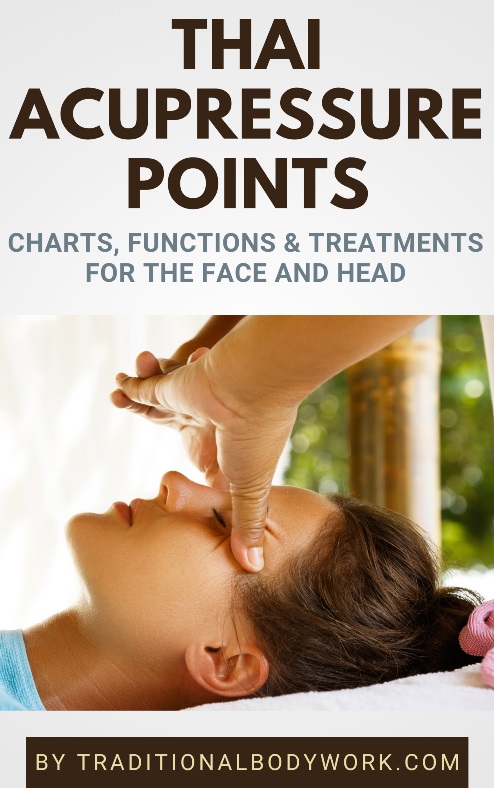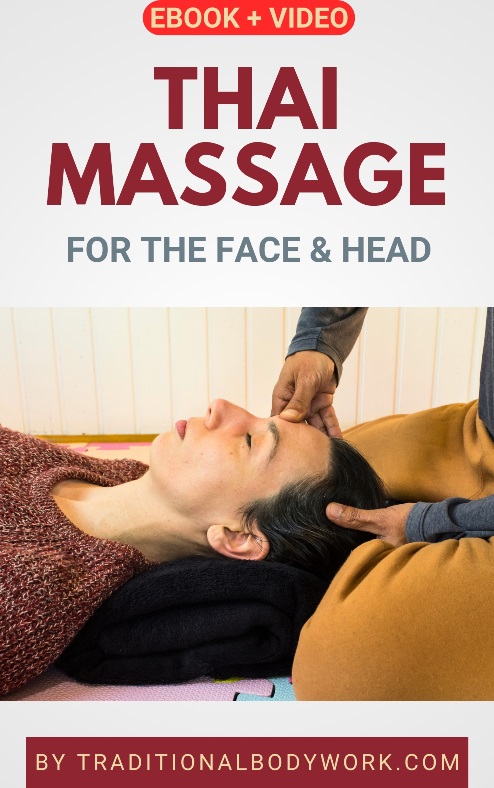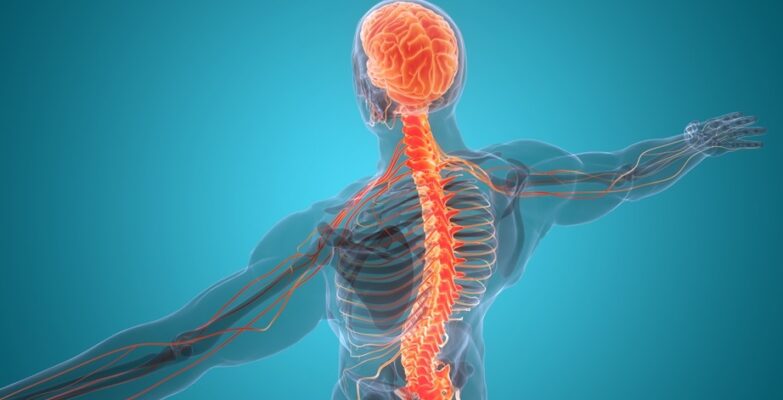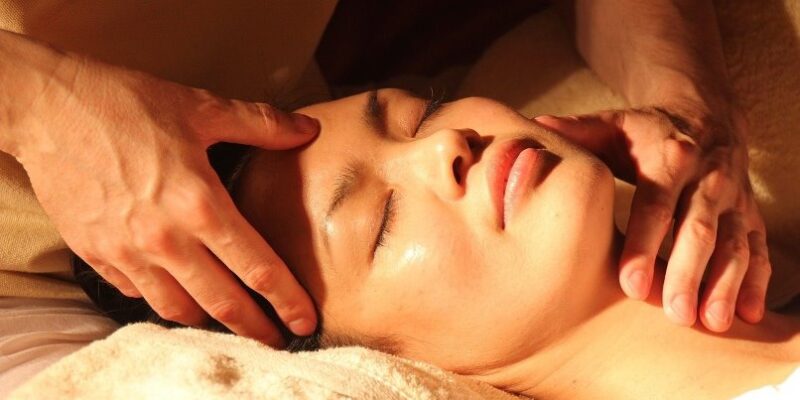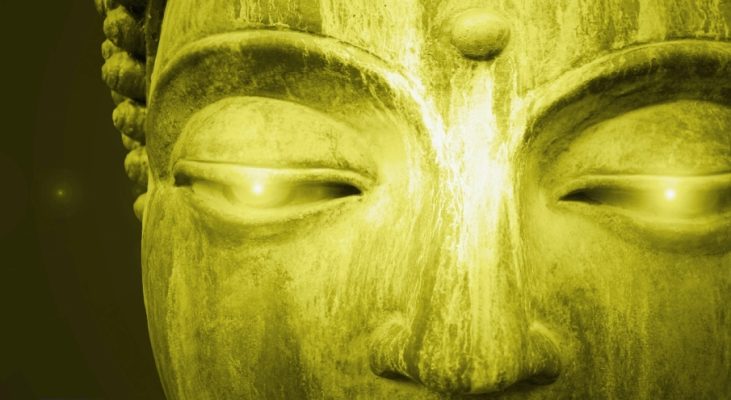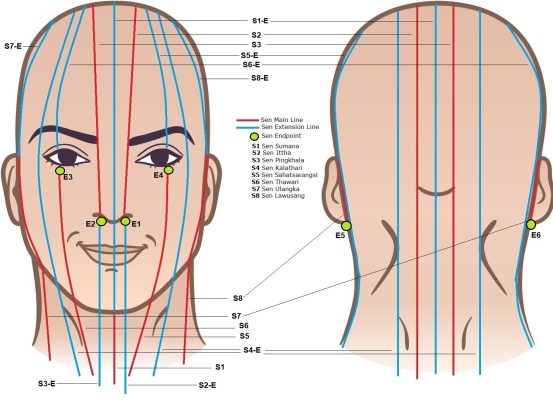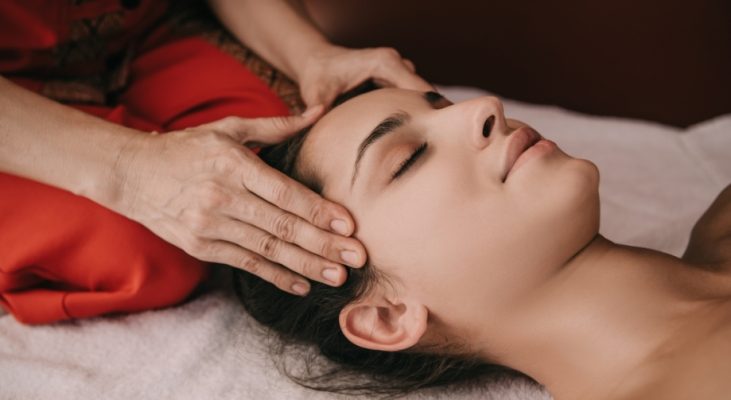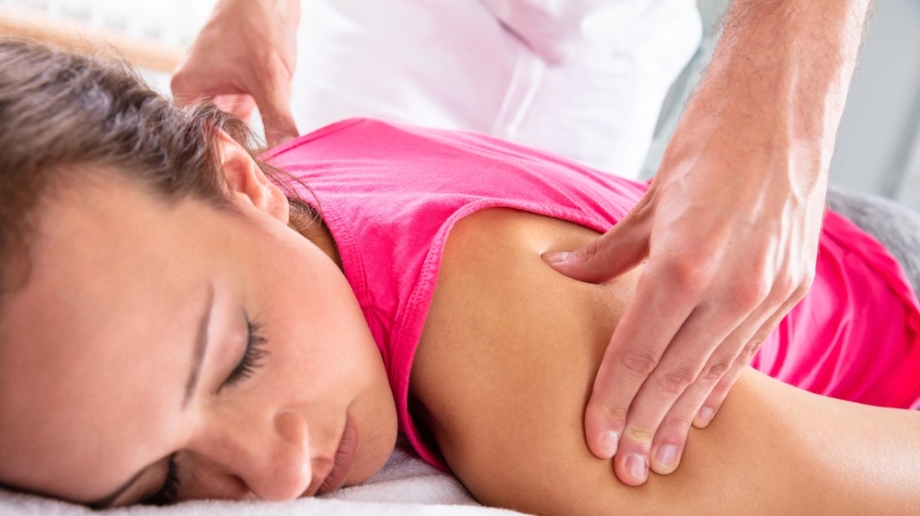
One of the questions that comes up with respect to acupressure points is how Thai Acupressure Points relate to Indian Acupressure Points (called Marma Points or Marmas in Ayurveda and Yoga) and Chinese Acupoints (also called Acupuncture Points in Traditional Chinese Medicine/TCM).
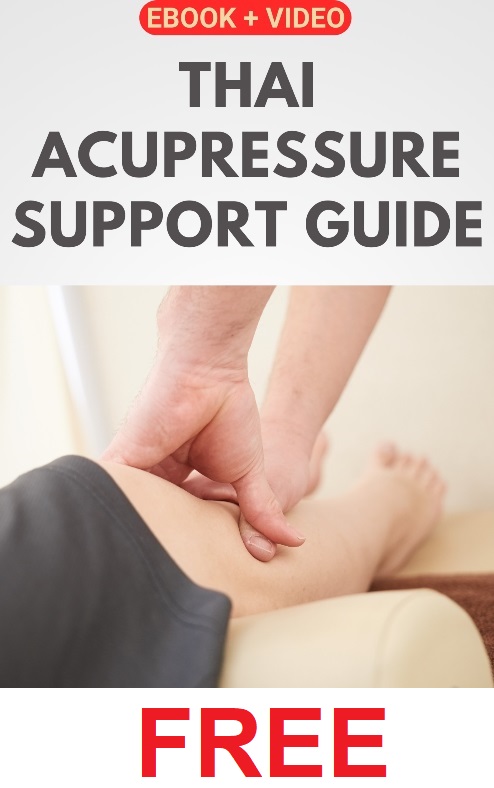
You’ll find that there are many similarities between the different systems, but also some notable differences. We’ll discuss both the similarities and differences here further below.
As a general rule, we could say that — no matter which traditional medicine system — the idea of special pressure points on/in the human body all have the same conceptional background, meaning that they are thought to be highly energetic locations (little centers of concentrated Life Force Energy) that can be physically manipulated to influence Life Force Energy flow and balance in the body for health benefits.
In fact, acupressure points are believed to have both a subtle (energetic) and gross (material-physical) aspect, and depending on their “state” they appear more as the one or the other, while likewise functioning as an interface for exchange of Life Energy and information between the physical-material and pranic-energetic body.
In addition, when studying the pressure points of Thai Massage, Ayurveda/Yoga, and TCM it’s clear that many of the same points (points at the same location but having different names) can be found in all systems, having more or less the same functions and therapeutic indications. Nevertheless, conceptually they’re placed along different Energy Channels — either Sen Lines, Nadis, or TCM Meridians — which in each system take different pathways through the body.

As for the number of acupressure points in each system you’ll find different quantities. In the Thai Healing Arts the number of most important points varies between 60 and 80, in Ayurveda and Yoga one counts 107 (or 108) points, and in TCM about 361. Nevertheless, even within each system other quantities may be mentioned or used depending on the school or lineage.
In contrast to Thai Acupressure Points and TCM Acupoints, Marmas can be much larger in size. Moreover, a Marma Point (or Marma Region) can consist of more than one Marma, a way of categorizing you won’t find in Thai Massage or TCM.
It’s also clear that the Marma and TCM Acupoint system are utterly well-described (although different lineages may attribute more or less functions or a slightly different location to a point), something that lacks in Thai Traditional Medicine (TTM). The pressure points in Ayurveda/Yoga and in TCM all have an individual name, which is again something that’s missing in TTM, although occasionally the Indian or Chinese names are used (or referred to) for some points.

The way acupressure points are treated in the various systems resembles each other quite a lot. For instance, in Ayurveda and Yoga, Marmas can be treated with pressure, heat, needles (called Marmapuncture, Bhedan Karma, or Suchi Karma), cupping, massage oils, herbs and herbal compresses, special tools, postures, movement, breathwork, and meditation, like is the case in TCM (and Taoism).
In the Thai Healing Arts (notably in Thai Massage, Reusi Dat Ton, Herbal Medicine, and Animistic or Buddhist Religious practices), you’ll actually find that the same types of methods and techniques are used, except for needling i.e. acupuncture.
All by all, it’s safe to say that Thai Acupressure Points, Marmas, and TCM Acupoints can be considered remarkably similar as for their function in the body, the therapeutic indications they’re used for, and how they’re treated.


